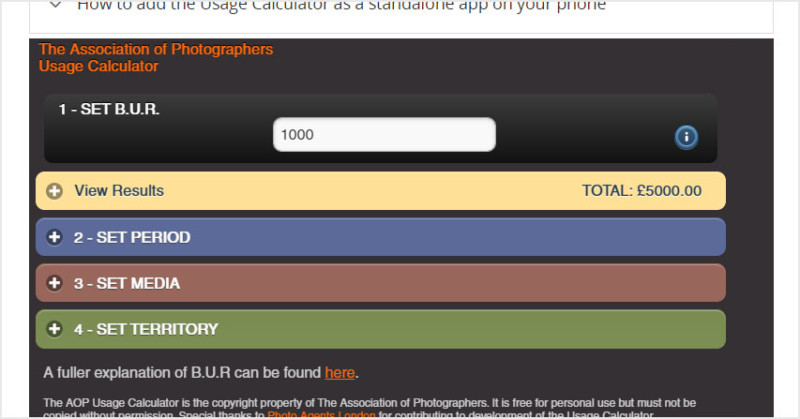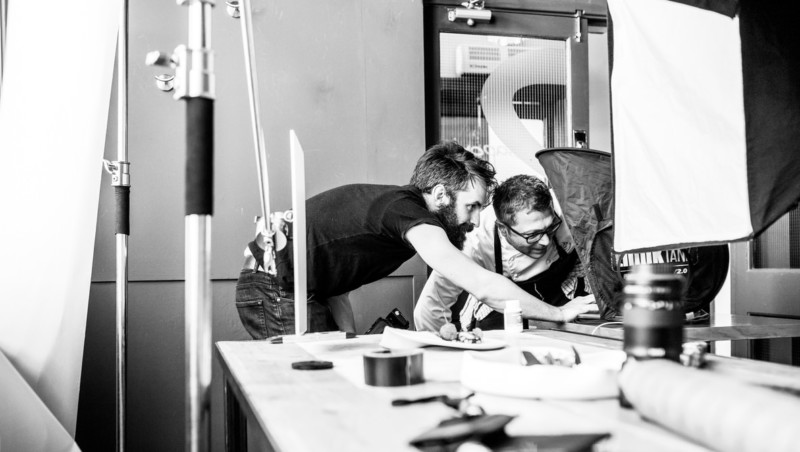
If photography is your chosen career path or even just a hobby, at some point, someone is going to ask you to take some photographs in exchange for a paycheck.
The first time you get asked to take photographs for money is both amazing and extremely stressful. Up until your first paying job, the only pressure placed upon you has been internal. Now you suddenly have someone else expectations looming and a physical value set to your work.
Here is my advice on how to price your work when starting out:
Cash Cow or Portfolio
There are only ever two reasons to take a paying job. One is that it is a cash cow, and this of course is relative to how much you need that cash. Some jobs pay so much money or you need the money so badly that you do it regardless of what it is. There are other jobs that pay less but are something that you really want to do — these become portfolio work.
Whenever you are considering taking payment for a job, first decide if you want to do it and if the work will help your portfolio. If it will, then the money is a secondary win. If you look at the brief and it doesn’t really get your juices flowing, then you need to either make it a cash cow and charge enough money that it no longer matters, or you politely decline the offer.
This is perhaps the best advice that I have ever been given and it is the way that I vet every single offer that comes in.
Usage
In many genres of photography, this won’t apply. Although, if like me you jump straight into advertisement, then there is the added stress of charging for usage. Thankfully, the lovely people over at AOP (The Association of Photographers) have built a calculator to help with this.

When you send your quote to an advertisement agency, it will be split into three sections. One will be your labor costs/day rate. This is the price you charge to turn up and shoot (more on this later). Then there are any production costs that have been agreed. The final part of the invoice will be for the usage. Generally speaking, this is where commercial photographers make their money. Usage can be anywhere from an additional $1,000 to well over $50,000 for the shoot.
What is The Norm?
There are two ways to look at pricing, one is to work out the costs of doing business and then to add profit on the top, which is great in some industries, but I feel is somewhat flawed in photography. The second is to work out what the norm is and to build your business underneath it.
The first time you quote for photography work, you will either be going off what a friend has suggested or completely stabbing in the dark. Over in the UK, there are some reasonably standard rates for shooting that will hopefully translate to where you are (add a bit if you are New York and take a little away if you are in a small town).
The average club level photographer over here could hope to make $300 for a day’s photography. This could be headshots, photographs of a cafe’s food, or maybe an event in the evening. The next level up from this would be your jobbing photographer — they probably don’t have their own studio, but will have a good 5+ years of experience. They will be shooting for local franchises, small brands, and local businesses. They usually charge around $600 a day and will include color grading within this.
Then you have your professional photographers who perhaps have a decade of experience and work with household name brands. They tend to charge around $1,300 a day and will add usage onto that if they are shooting advertisement. Once you go passed this level, the fees rocket up to silly amounts of money. These will be for photographers where having their name attached to the ad campaign offers a major pull for the brand.
You don’t have to start at the beginning — many photographers jump in straight at $1,300 if their work is good enough.
For my first ever photo shoot, I charged a family $60 to take their portrait in their house. The next job I took was a billboard campaign for which I only charged $600, including usage. Ten years later, my fees are much higher, but I feel that with my experience that I can justify them to my clients.
Where you start has no bearing on where you end up. You can always increase your price for your second job, so don’t worry if at the end of your first shoot that you feel like you did far too much work for far too little money.

The Price of Stress
With money comes stress. The first time that I charged for photography, I worked so hard to make sure the client was happy, even though I ended up on less than minimum wage. Years later, I picked up a job for over $10,000 for a single photograph. The stress that this created gave me headaches and made my gums bleed.
If you feel that the figure in your head is making you worried or like you may disappoint someone, drop the fee until you feel comfortable. You are probably worth far more, but at the beginning it isn’t worth stressing yourself out in order to make a few more dollars. Each time you jump up to the next price bracket, you will feel like it is your first paying job all over again.
Most Importantly
It is your first paying job, whatever you charge and however many hours sleep you lose over it, ten years later it will seem incredibly insignificant. The biggest hurdle is changing from shooting for fun to shooting for money. Once you have crossed that, everything else will fall into place in its own time.
About the author: Scott Choucino is a professional food and portrait photographer. The opinions expressed in this article are solely those of the author. You can find more of Choucino’s work on his website and Instagram.